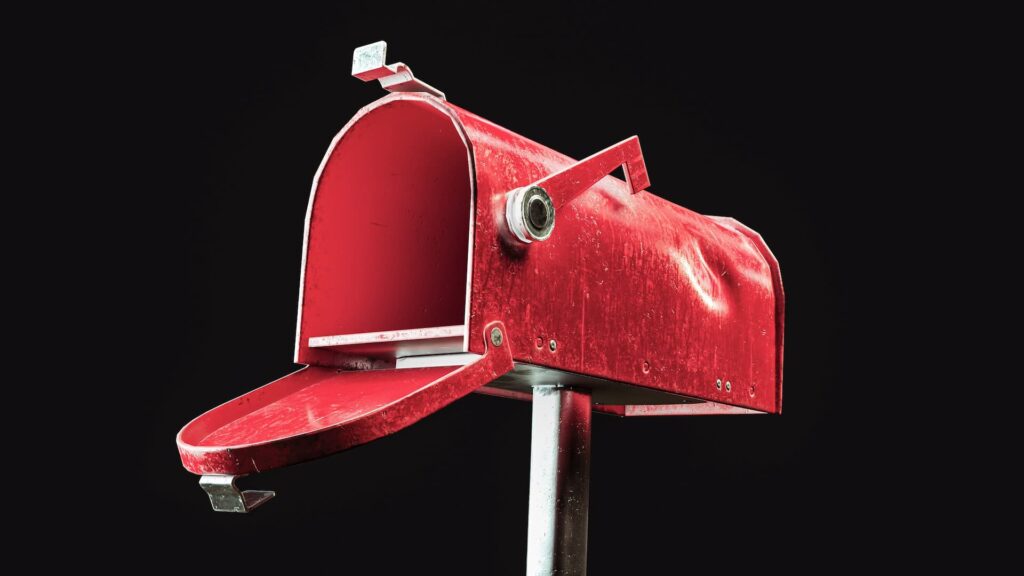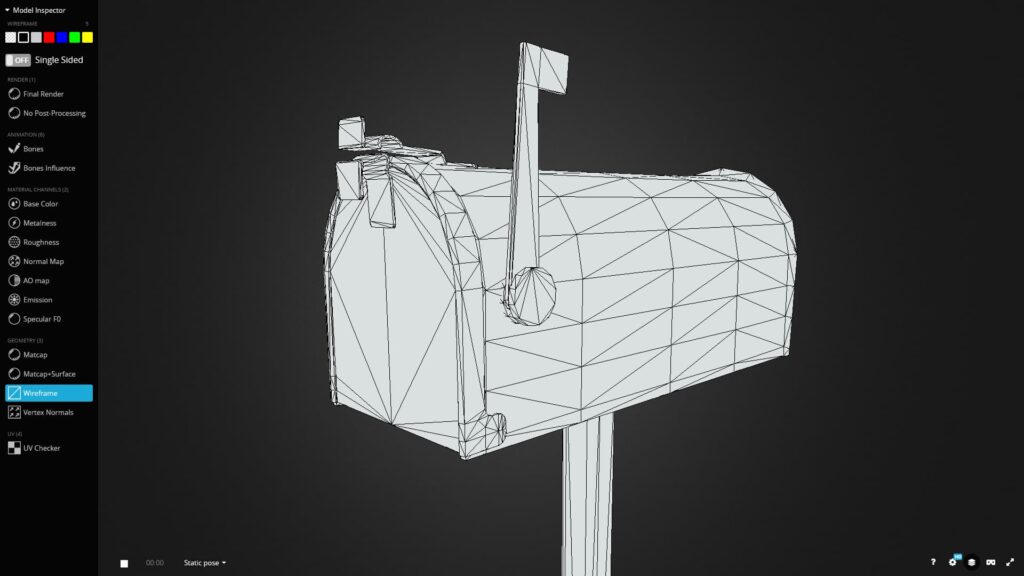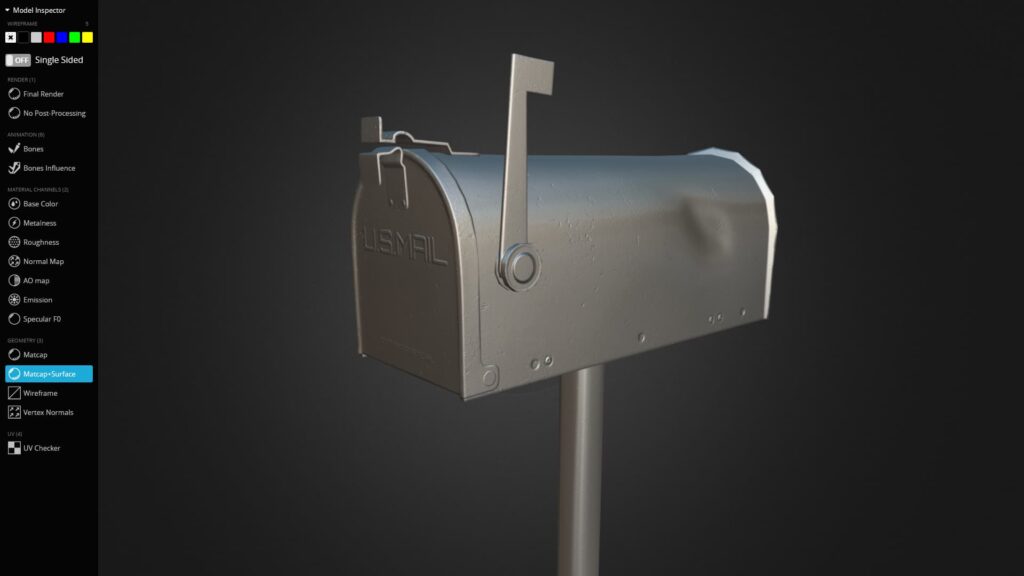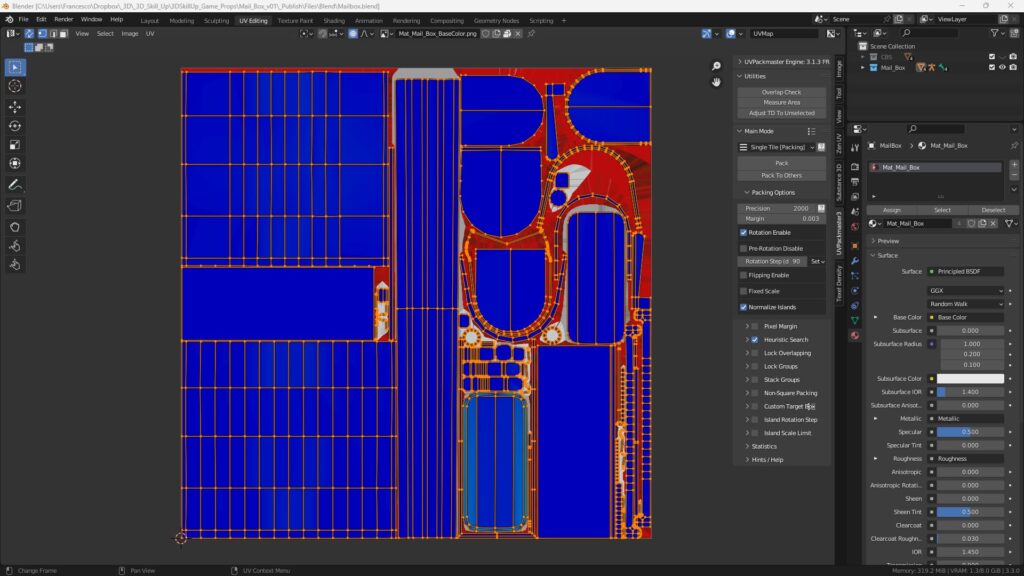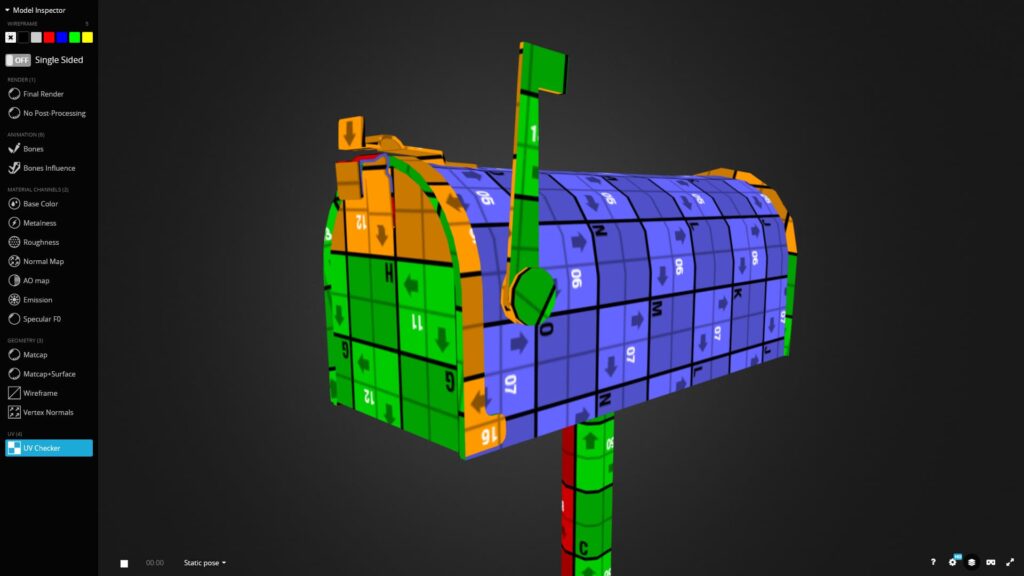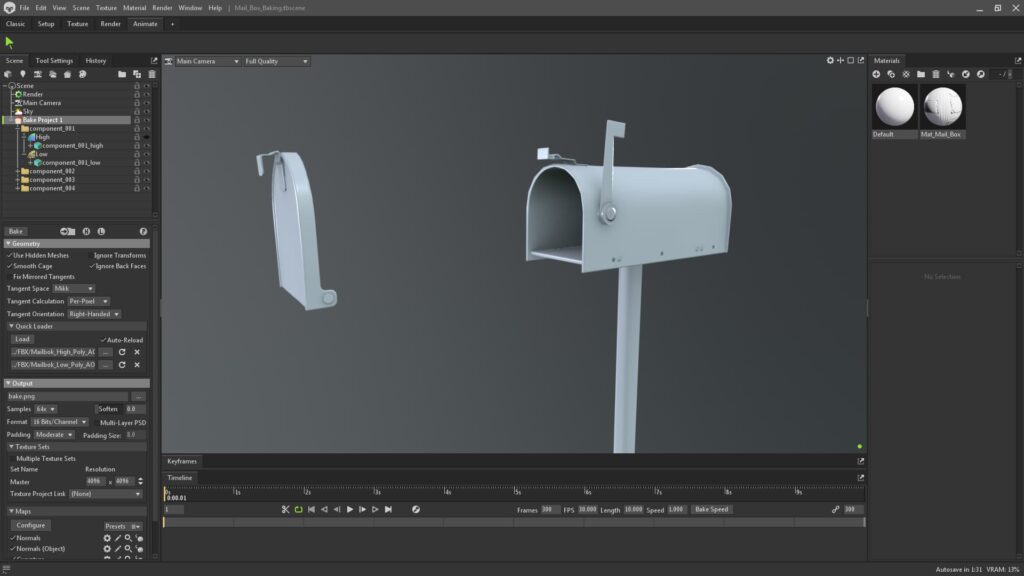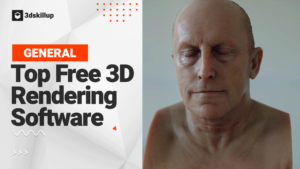Introduction
Optimizing 3D Models: Boosting Game Performance and Realism
In the fast-paced world of gaming and virtual/augmented reality (VR/AR), the optimization of 3D models plays a key role in delivering a compelling experience. This discipline goes beyond the mere creation of graphically fascinating structures; it’s a matter of balance between visual quality and game fluidity, ensuring a detailed yet smooth gaming environment.
Optimizing 3D models, through techniques such as low-poly modeling to reduce the number of polygons, the application of physically accurate textures (PBR), and the crucial process of ‘baking’, can increase loading speed, graphic rendering, and interactivity of a game. The baking is a phase where detailed information from a 3D model, such as highpoly details, are baked into 2D maps, making the model more efficient to render.
A properly optimized 3D model not only improves the player’s experience but also broadens your game’s accessibility, making it more amenable to users with different types of hardware.
In this article, we will examine the importance of optimizing 3D models, using our American Style Mailbox 3D Model as an example to show how a well-designed model can boost game performance. Whether you are a game developer, a 3D modeling enthusiast, or a gamer curious to learn more about the technology powering your favorite titles, this article will provide a detailed analysis of the 3D model optimization process, including an in-depth discussion on baking.
Join us on this technological journey and discover how our American Style Mailbox 3D Model can elevate the quality of your game project, taking it to new levels of realism and performance.
Understanding Low-Poly Models: A Key to Enhanced Gaming Experience
In the constantly advancing world of 3D modeling and game design, low-poly models have become a critical tool in optimizing performance. But what exactly does “low-poly” mean, and why does it matter?
Defining "Low-Poly Model" and Its Importance in Gaming
A low-poly model, as the name suggests, is a 3D model that uses a minimal number of polygons to represent its shape and structure. By reducing the polygon count, we lighten the computational load required to render the model, leading to improved performance across various hardware specifications. But the magic of low-poly models doesn’t stop at mere performance enhancement; with the right techniques, they can still boast a high level of visual appeal, enabling designers to create engaging and visually stunning games without compromising on performance.
The Impact of Low-Poly Models on Loading Speed and Game Lag
How does this translate to the actual gaming experience? Here are a couple of ways:
Improved Loading Speeds: A high-poly model, due to its complex structure, can take significant time to load, resulting in longer wait times before gameplay can commence. A low-poly model, in contrast, is simpler and quicker to load, enabling players to get into the action faster.
Reduced Game Lag: Game lag can be incredibly frustrating for players, and one common cause is the processing demand of high-poly models. By using low-poly models, the game requires less processing power, reducing the likelihood of lag and ensuring a smoother gameplay experience.
HighPoly to LowPoly Modeling and Normal Map Baking: A Key Technique in Game-Ready 3D Modeling
Once you understand the value of low-poly models in gaming, the next step is to explore how we transform complex, high-polygon models into optimized, low-polygon versions without losing the essential details that give the model its realism and character. This is where the techniques of HighPoly to LowPoly modeling and normal map baking come into play.
The Art of HighPoly to LowPoly Modeling
HighPoly to LowPoly modeling is a process used in 3D modeling where a high-polygon or high-poly model is recreated as a low-polygon or low-poly model. The objective is to retain the original model’s defining features while significantly reducing its polygon count. This technique not only improves game performance but also makes 3D models more manageable and easier to manipulate during the game design process.
The Magic of Normal Map Baking
While the conversion from high-poly to low-poly reduces the model’s complexity, it can often result in a loss of fine details. This is where normal map baking comes in. Normal mapping is a technique used in 3D computer graphics to simulate the intricate details of a high-poly model in its low-poly counterpart.
In this process, a normal map — a type of texture that allows us to add surface detail such as bumps, grooves, and scratches — is generated from a high-poly model and then applied to a low-poly model. This creates the illusion of depth and detail without adding extra polygons. The result is a model that is efficient in terms of performance but still maintains a high level of visual fidelity.
By skillfully applying these techniques, we were able to create an optimized yet visually appealing version of our American Style Mailbox 3D Model.
Optimizing a 3D Model: The American Style Mailbox Case Study
Let’s delve into 3D model optimization using a practical example: our American Style Mailbox 3D Model. This serves as an excellent demonstration of how to optimize a 3D model for gaming, balancing performance and visual quality.
Transforming HighPoly to LowPoly: Techniques for 3D Model Optimization
Optimizing a 3D model begins with transforming a high-poly model into a low-poly one. Techniques range from retopology, suitable for organic objects or characters, to decimation via modifiers or removal of modifiers like Subdivision Surface and Bevel. After, the 3D model’s geometry is further refined.
For the mailbox model, we used a non-destructive method, preserving the modifiers while creating the high-poly version. This retained the model’s details and enabled us to optimize it into a low-poly model.
The Step-by-Step Creation of an Optimized Low-Poly Model
After preparing the high-poly version, we created the optimized, low-poly model. We duplicated the high-poly model, removed the modifiers, and meticulously adjusted the topology of the low-poly model.
This process drastically reduced the model’s polygon count, making it suitable for gaming applications without sacrificing visual appeal. This case proves that 3D model optimization can effectively balance performance and aesthetics in game design.
In the following section, we delve into how the technique of normal map baking enhanced the American Style Mailbox 3D Model’s quality even further.
Unwrapping the 3D Model: The Key to Effective Texturing
Before we can move on to the texturing stage, the 3D model first needs to go through a process called unwrapping. This is a fundamental step in the creation of any 3D model meant for gaming, including our American Style Mailbox.
The Art and Science of 3D Unwrapping
3D unwrapping can be likened to peeling an orange and laying its skin flat. Just like how each segment of the peel corresponds to a specific part of the orange, each part of the flattened UV map corresponds to a specific part of the 3D model. This process, while technical, can be considered an art of its own as it requires both precision and a clear understanding of the model’s geometry.
For our American Style Mailbox, the unwrapping process involved digitally ‘unfolding’ the model’s surface to create a UV map. Each polygon of the model was strategically mapped onto a 2D surface, ensuring that every detail was accounted for.
The Importance of a Well-Done Unwrap
The unwrapping stage is essential because it lays the foundation for effective texturing. A well-done unwrap will produce a UV map that maximizes texture space, minimizes distortion, and takes into account the visual hierarchy of the model.
By carefully unwrapping our American Style Mailbox 3D Model, we ensured that the texture will accurately follow the shape and details of the model.
In the following section, we will take a closer look at the next stage: baking the details onto our model through the use of a normal map.
Baking the Details: Harnessing the Power of Normal Maps with Marmoset Toolbag
The transformation from a high-poly to a low-poly model would not be complete without the baking process. This essential step allows us to capture the intricate details from the high-poly model and apply them onto the low-poly counterpart, providing the best of both worlds: a visually appealing model that doesn’t burden the game engine.
For the American Style Mailbox, we used a robust and efficient software called Marmoset Toolbag for the baking process.
Marmoset Toolbag: A Powerful Tool for Efficient Baking
One of the crucial parts of baking with Marmoset Toolbag involves setting the right output settings. Here, you can determine the resolution, anti-aliasing quality, bit depth, and how to save your outputs. Toolbag even provides an automated padding feature that extends the baking content beyond the UV borders, which adjusts according to your resolution.
Moreover, Toolbag’s “Bake Groups” are dedicated folders with slots for both high and low-poly meshes. These are especially helpful for isolating different elements of your model and preventing intersection errors.
Projection Tools and Advanced Baking Techniques
Marmoset Toolbag is known for its powerful projection tools, enabling you to control the projection distance and direction of the cage. Additional features like Offset and Skew help enhance the quality of your bake, while the Quick Loader can read object names from your mesh file and automatically set up Bake Groups.
The Offset refers to the minimum (black) and maximum (white) extent of the offset map, while Paint Skew adjusts details that are recorded suboptimally due to an off-axis projection direction.
With Marmoset Toolbag, you can paint offset and skew maps either in 2D or 3D using painting tools with Photoshop-style shortcuts. This software makes the baking process more intuitive, precise, and efficient, ensuring high-quality game-ready 3D models like our American Style Mailbox.
In the next section, we’ll dive into the final part of creating our game-ready model: texturing.
Texturing the Model: Breathing Life into the Mailbox with Substance Painter
Texturing, the final frontier in our 3D model creation process, is what truly brings a model to life. It gives color, conveys material type, and introduces fine details that increase the model’s realism and individuality. For our American Style Mailbox, we used a powerful software: Substance Painter.
Substance 3D Painter: The Artisan's Tool for Realistic Textures
Substance Painter is renowned in the 3D industry for its comprehensive and intuitive suite of texturing tools. With its ability to create materials from scratch and apply them to 3D models in a user-friendly environment, it is no wonder that it has become the go-to tool for many artists.
Painting the Colors of Reality
Texturing is much more than simply applying color to a model. It’s about emulating the nuances of real-life materials on a digital surface. For our mailbox, we paid careful attention to the metallic parts, ensuring that they reflected light realistically. The red paint was also given a slight wear and tear, hinting at its exposure to the elements.
With Substance Painter’s array of brushes and procedurally generated masks, we managed to replicate the intricate textures found in reality. From the roughness of the metal to the subtle scratches and chips on the paint, each texture was meticulously crafted.
Material Definition and Fine Detailing
Another significant aspect of Substance Painter is its PBR (Physically-Based Rendering) workflow. It enables the creation of materials that respond accurately to lighting conditions, which is vital for achieving a high level of realism.
In addition to colors and materials, texturing also involves adding finer details to the model. For our mailbox, this included small aspects like rust, dust, and scratches. These tiny details might seem insignificant, but they can drastically enhance the model’s overall believability and depth.
Overall, a well-executed texturing job does more than just beautify a model—it brings it to life. It gives the model character and history, making it more than just a static object in a game environment.
In the next section, we’ll discuss the final renders of our American Style Mailbox and how all these steps culminate in a game-ready 3D model.
The Result: A Game-Ready, Optimized 3D Model
Bringing together the meticulous processes of low-poly modeling, unwrapping, baking, and texturing, we’ve achieved our goal: a game-ready, optimized 3D model of an American Style Mailbox. But why does this matter?
The primary benefits of such an optimized model are improved game performance and a more fluid, immersive user experience. As games become more complex, with large environments and numerous objects, the performance demands on hardware rise. An optimized model, like our mailbox, lowers the performance burden, enabling smoother gameplay even on less powerful hardware.
The advantages aren’t only technical. An optimized model ensures that gamers don’t face annoying disruptions like stuttering, frame drops, or excessively long loading times. This leads to a more immersive experience, where the gamer can lose themselves in the game world rather than battling with technical glitches.
Conclusion
In the realm of 3D game design, optimization is not just a nice-to-have – it’s a necessity. As we’ve demonstrated with our American Style Mailbox model, optimization doesn’t mean compromising on visual quality. Instead, it involves making smart design choices, utilizing techniques like low-poly modeling and baking, and executing careful texturing work.
Our hope is that this deep dive into the process has been insightful for you, whether you’re an aspiring 3D artist, a game developer, or someone with a passing interest in the behind-the-scenes work that goes into your favorite games.
But don’t take our word for it – why not experience it for yourself? We invite you to try out our American Style Mailbox 3D Model in your game or VR/AR environment. Witness firsthand the seamless blend of visual quality and performance optimization. Who knows? It might just change the way you think about 3D game assets.
As we continue to push the boundaries of optimization and design, we look forward to bringing you more unique, game-ready models. Stay tuned!
Some of the images used in this article could be taken from the respective sources’ websites and used in a legal and appropriate manner. However, if you believe that the use of any of these images violates your copyright or intellectual property rights, please contact us to resolve the issue. We are committed to respecting copyright laws and promoting the legal sharing of content.
Share this Blog Post with Your Friends!
Facebook
Twitter
Pinterest
Email
LinkedIn

